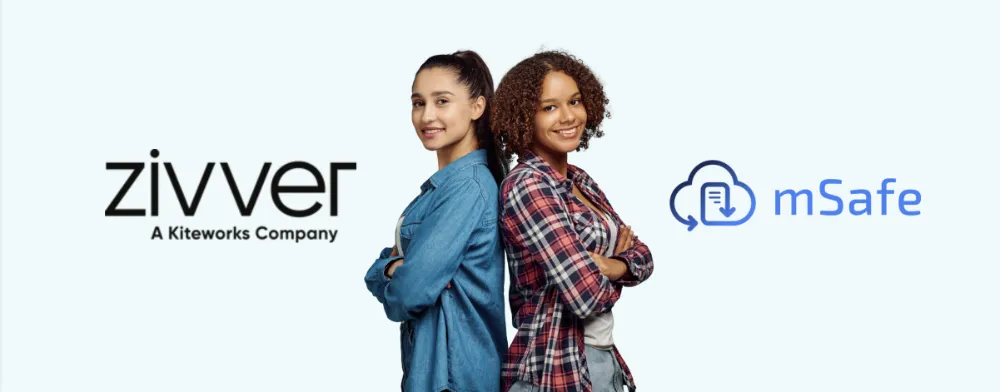Data breaches due to human error: the silent crisis within your organization
In conversations with various CISOs, it appears time and again that most data breaches do not start with sophisticated hacks, but rather with simple human error. Multiple studies show that, on average, 80% of all security incidents can be traced directly or indirectly to employees-from careless sharing to opening phishing emails.
Why data breaches occur due to human error
Many employees do not have sufficient knowledge and awareness around data classification. They do not always know which files are really sensitive and which are less so. Combined with years of user habits, such as sharing confidential documents via e-mail, this regularly leads to irresponsible decisions. In addition, social engineering and phishing emails play a major role. Attackers use psychological characteristics: an e-mail that appears to come from one’s own management or a seemingly legitimate “IT support” message can entice even experienced employees to share confidential data.
Under time pressure, employees often choose the “quickest way”: the familiar but outdated e-mail. They do not realize that this method has no fine-grained control and therefore carries great risks. Finally, shadow IT frequently arises: if security measures are too complex or slow, colleagues look for alternatives themselves-think USB sticks, public cloud storage or free file-transfer services without end-to-end encryption.
The impact of data breaches
When an employee accidentally shares an unencrypted document containing customer data, it can lead to reputational damage, large fines and a troubled work environment. In addition, companies face additional risks in 2025 as regulators impose stiffer penalties. Directors may be held personally liable later in the year, further increasing the risk. Simple mistakes such as misdirected emails or using unapproved services make your organization immediately vulnerable.
How to prevent?
Continuous awareness training
Organize not only annual sessions, but also plan interim workshops and phishing simulations. Make the content relevant: discuss concrete examples from your own organization to make the topic tangible.
User-friendly, secure tools
When employees struggle with complex security solutions, they switch back to e-mail. So offer an easy-to-use alternative, such as mSafe, which incorporates per-share two-factor authentication, 256-bit encryption and automatic deletion after seven days as standard. This way, users immediately experience both convenience and security.
Centralize and simplify DLP measures.
Instead of endless, abstract policies, focus on workflows with the highest risk-for example, sharing customer data or technical drawings. Limit the scope, set measurable KPIs and expand only when the pilot phase is successful and employees embrace the secure workflow.
Strict access controls and audit logs.
Have every upload, download and change logged automatically. Share a brief monthly summary (“Three unauthorized access attempts blocked”) with your team. This transparency creates accountability and makes abuse quickly visible.
Frictionless user experience
Security should never come at the expense of productivity. Invest in an interface that is not only secure but also intuitive to use. This way, employees don’t have to look for detours.
Get a handle on data breaches caused by human error
By consciously focusing on awareness, user-friendly tools and clear processes, you reduce the chances of employees unknowingly becoming the weakest link. With a combination of training, technology and transparency, you build a robust defense against data breaches caused by human error. How do you ensure that your team does handle sensitive data securely?

